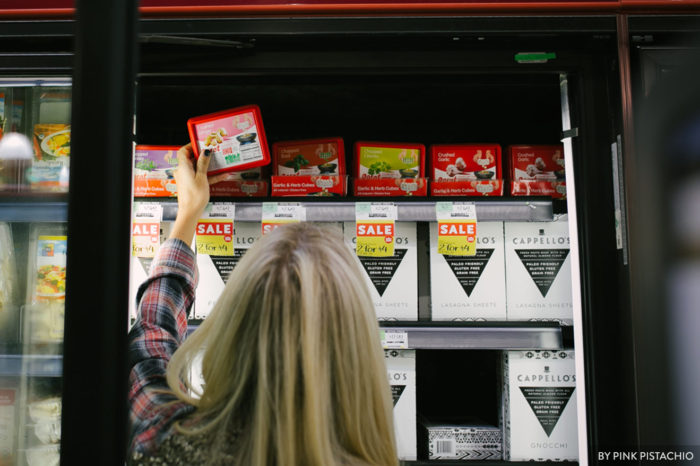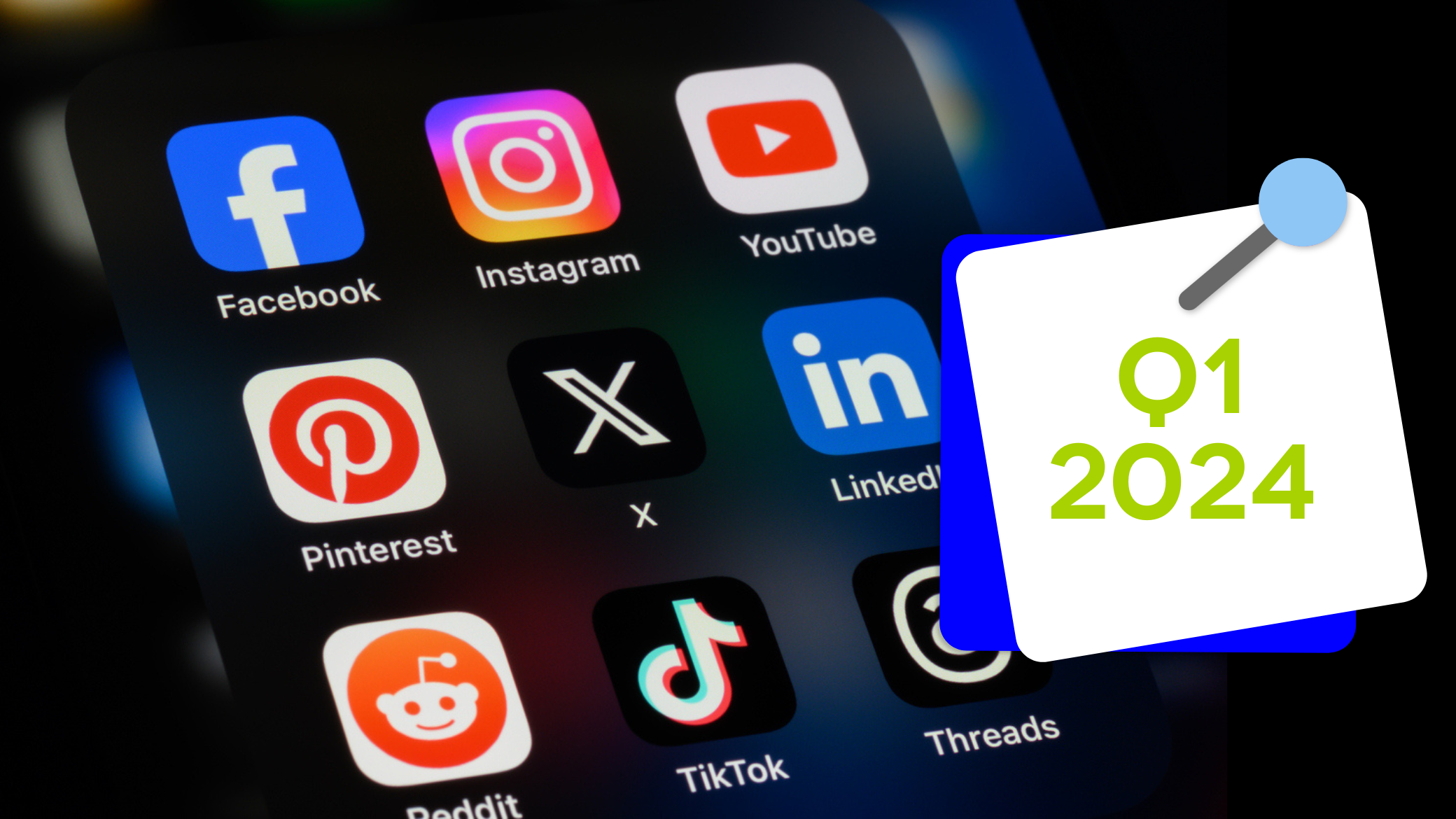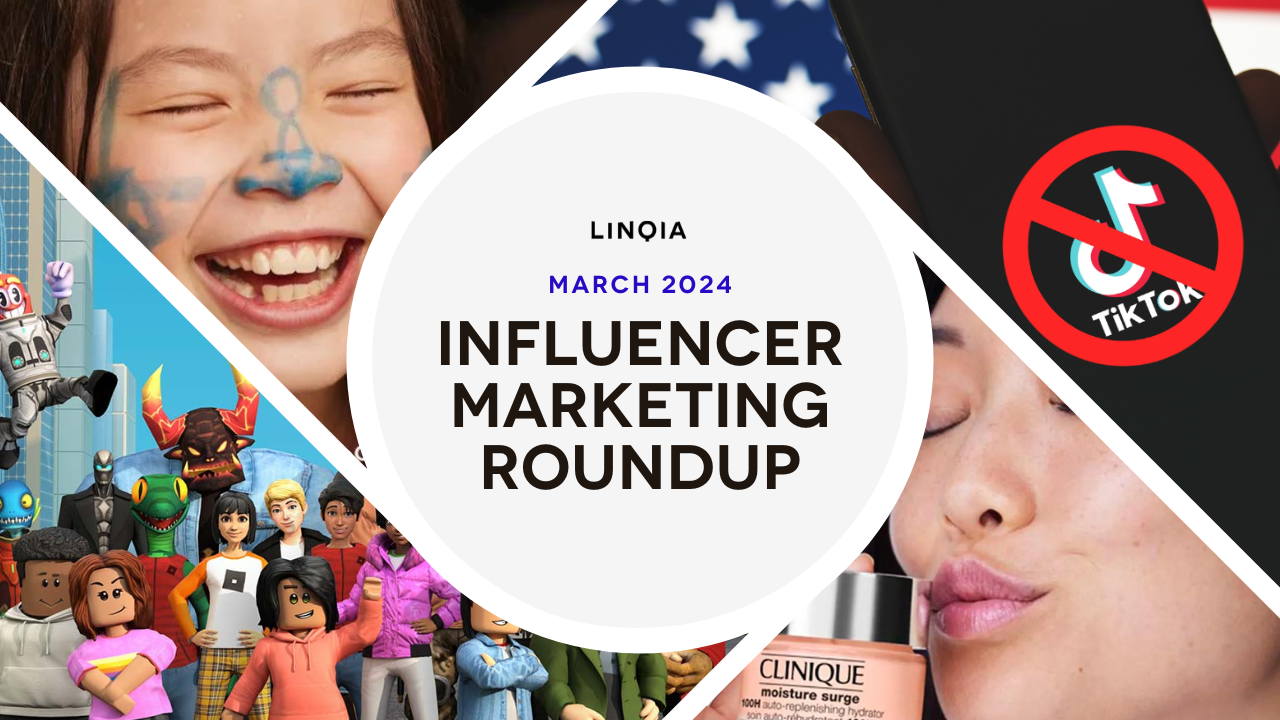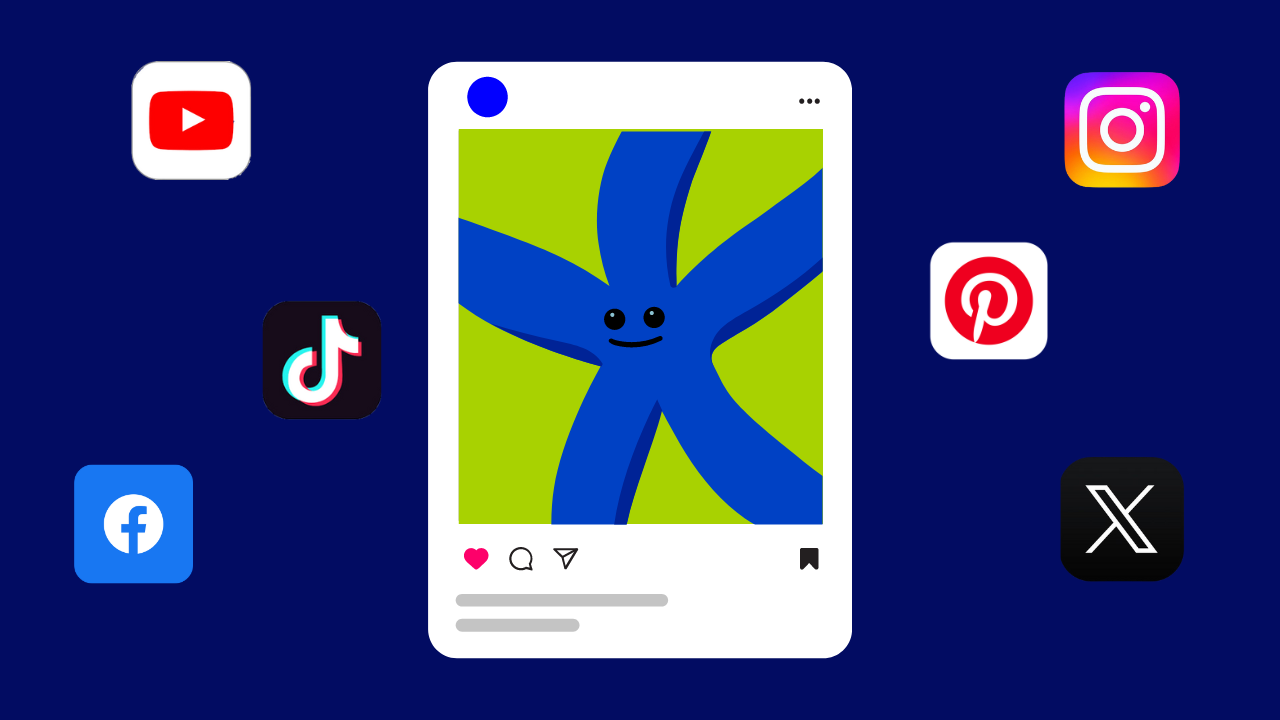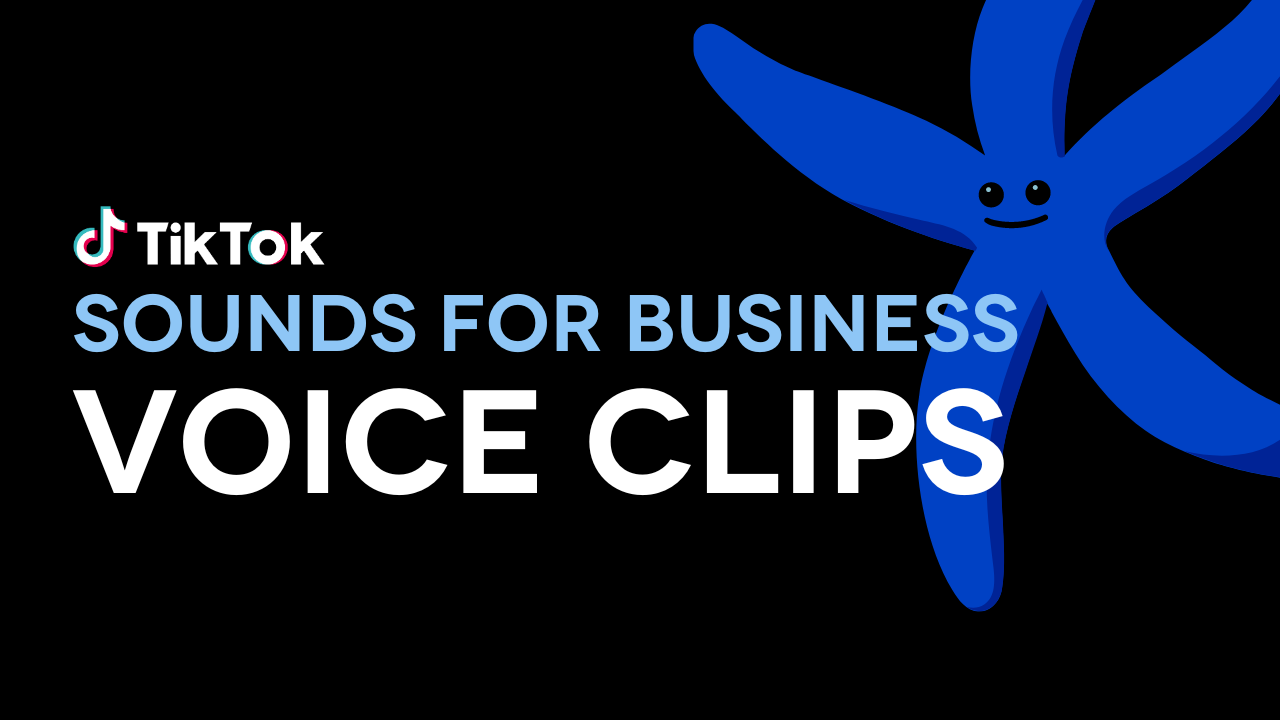A version of this post was originally published in Business 2 Community.
In 2017, 86% of marketers used influencer marketing, 92% of whom found it to be effective. Influencer marketing will continue to be an integral part of the media mix in 2018, with 39% of marketers planning to increase their influencer marketing budgets this year. Shopper marketers, in particular, will be among the groups upping their use of the tactic as influencer content to resonate with shoppers and inspire them to act, leading them down the path to purchase.
When done right, influencer shopper marketing can solve 5 key shopper marketing problems, including:
1. Driving Sales (Lower-funnel Goals)
Shopper marketers look to increase sales conversions, either in-store or via e-commerce sites. Influencer marketing, particularly performance-based programs, are built to drive lower-funnel goals as influencers are held accountable for creating content that inspires their audiences to take action. Influencer programs structured to perform against specific shopper marketing goals go far beyond short-term vanity metrics like reach, resulting in sales, conversions, and long-term loyalty.
2. Increasing Organic Reach
50% of marketers measure the success of their influencer marketing programs by reach, but with changing platform algorithms and increased ad blocking adoption, brands are having difficulty reaching valuable shoppers organically online or through paid media ads. However, influencer content can’t be blocked and is inherently different from digital display ads in that it provides entertainment or informational value as part of an authentic story. With influencer marketing, the brand’s message cuts through to reach real consumers, not just deal seekers, because they trust and value influencer opinions. As a result, the average CTR on influencer content run through Linqia’s platform can be as high as 7%, compared to an industry average of .05% for display ads.
3. Fostering Meaningful, Trustworthy Relationships
Consumer trust in brands and brand content are at an all-time low, particularly among Millennials, one of the two darlings of shopper marketing today (the other being mothers). Millennials’ trust in influencers, however, is on the rise. In fact, studies show that despite 84% of Millennials saying they do not like advertising, 33% rely mostly on blogs before they make a purchase.
4. Reaching Geo-targeted Audiences
It’s critical for shopper marketers to reach specific audience demographics for two reasons: 1) many retailers are regionally based; and 2) they want to reach a particular sub-group of shoppers or stores. Because of their need for audience specificity, shopper marketers find that micro-influencers and mid-tier influencers (individuals with followings of between 2,500 and 250,000) engage audiences at a higher rate than top-tier or celebrity influencers. Marketers can use influencer marketing to identify which pieces of content will perform best with which geo-target and then amplify that content to look-alike audiences using paid social.
5. Creating Content that Drives Action
Shopper marketers often provide a key visual (like a graph or stock photo) to use across their various marketing efforts. These generic visuals lack the ability to activate retailer-specific or multi-brand scale programs because they fail to resonate with real-life consumers. Influencer marketing programs, on the other hand, produce hundreds, sometimes thousands, of pieces of creative content, many of which is of a high enough quality to mirror professional work. Shopper marketers can then identify the best performing pieces so that brands can scale their paid media efforts using content that has proven to resonate and drive action.
Reaching Millennials and Moms is critical for the success of shopper marketing programs. Traditional advertising’s effectiveness among both groups is at an all-time low, making influencer marketing an appealing and strategic leg of the overall marketing mix. Moreover, performance-based influencer marketing programs hold influencers accountable for creating content that inspires their audiences to take action, leading them down the path to purchase and loyalty.
